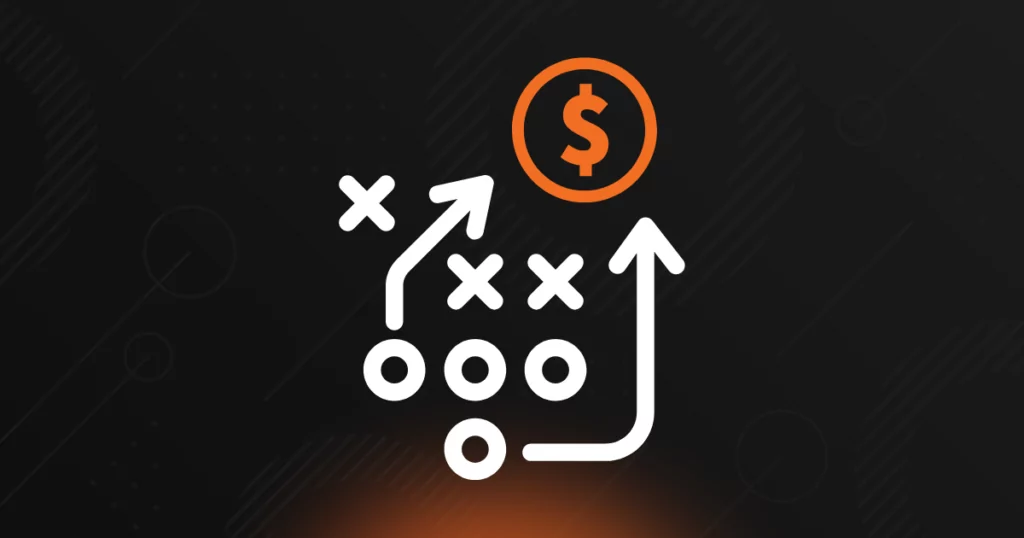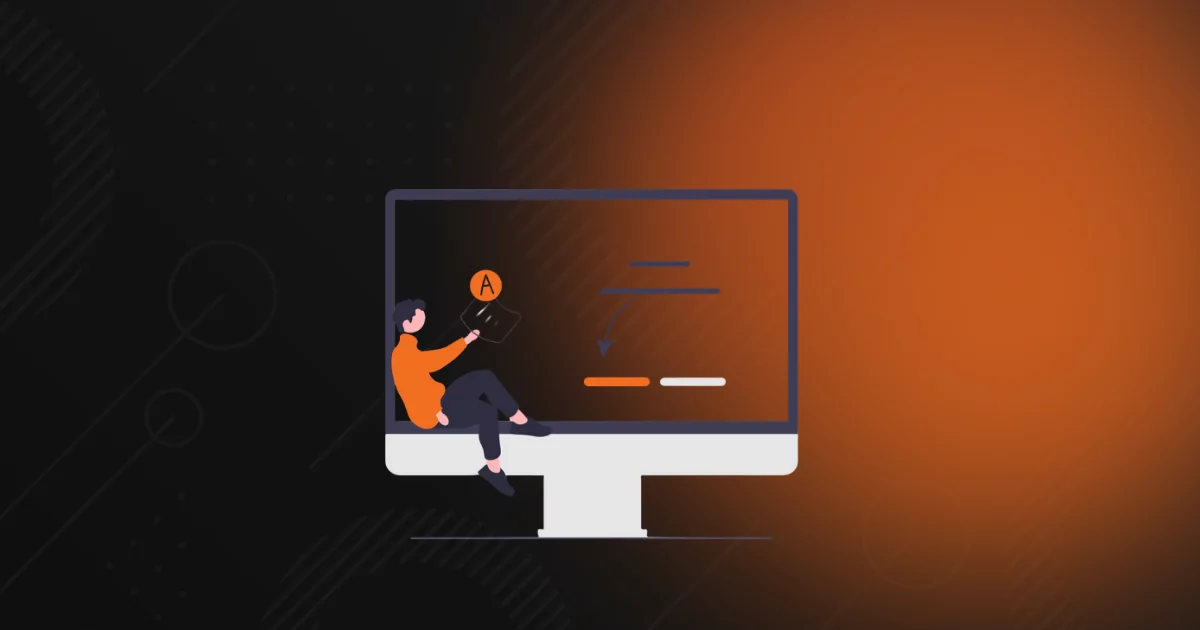
Staying Ahead of Cybersecurity Compliance While Minimizing Costs
As MSPs become more responsible for cybersecurity compliance, they must expand their services efficiently to avoid disrupting productivity and profitability. The increasing complexity of compliance regulations and the rising costs of maintaining adherence make backup compliance a top priority. Inefficiencies in cybersecurity management, such as fragmented tools, manual processes, and inconsistent policies, are making it even harder for MSPs to meet compliance requirements within budget.
This blog explores the latest backup compliance challenges, associated costs, and 4 proven ways MSPs can minimize expenses while staying compliant. We’ll highlight how compliance-focused solutions can streamline this process, ensuring efficiency and security for both MSPs and their clients.
Are you navigating backup compliance and cybersecurity in 2025?
Of course, you are! Download The 2025 Backup Compliance Handbook for MSPs
Table of Contents
MSP Must-Haves for Cybersecurity Compliance
Depending on your clients – their industry, size, and scope – MSPs must be aware of and adhere to various compliance regulations. Whether it’s industry-specific like HIPAA or FINRA or general data security standards such as ISO, NIST, or CIS’s definition of “reasonable cybersecurity,” MSPs must manage compliance according to a recognized and respected set of standards. The primary reason for these regulations is to mitigate the increasing risks of cyberattacks, ransomware, data breaches, and the number one cause of data loss – human error. Non-compliance can lead to severe financial penalties, reputational damage, and legal consequences.
By aligning your business continuity and disaster recovery (BCDR) services with cybersecurity compliance best practices, your MSP gains the authority tied to those standards. Clients will feel more comfortable trusting you with their data when they know you’re committed to compliance through third-party oversight. Not only that, but you will sleep sounder knowing you’ve followed the best advice available for securing and maintaining compliant data.
With that said, meeting cybersecurity compliance regulations is particularly challenging for MSPs due to the complexity of the requirements and the ever-changing nature of regulatory frameworks. To be compliant, MSPs must be able to prove compliance, and that’s where things get tricky. Generally speaking, MSPs must be able to do the following for cybersecurity compliance:
- Secure continuous monitoring
- Implement strict security controls
- Maintain detailed audit logs
- Ensure data sovereignty across multiple jurisdictions
- Integrate multiple technologies
- Enforce access controls
- Undergo frequent audits
Cybersecurity Compliance Amongst Emerging AI Regulations
MSPs increasingly use AI to detect cybersecurity threats, automate backup processes, and use predictive analytics to enhance data protection. However, AI-driven compliance introduces challenges, such as ensuring AI models do not inadvertently expose sensitive data, maintaining regulatory transparency, and avoiding algorithmic bias. Regulations like the EU AI Act, NIST AI Risk Management Framework, and ISO/IEC 42001 AI Management System Standard are setting new expectations for how AI should be governed in compliance-driven environments.
These emerging regulations around AI and its impact on data protection and cybersecurity compliance add a new layer of complexity. Governments and regulatory bodies are beginning to impose stricter controls on AI-driven decision-making, data processing, and automated backup solutions. Even though the new Trump Administration revoked the previous Administration’s AI Executive Order, there will undoubtedly be more regulations from the state level, where standards like NIST will continue to influence risk management.
“By 2026, Gartner predicts 50% of governments worldwide will enforce use of responsible AI through regulations, policies, and the need for data privacy.”
MSPs must now ensure that AI-driven backup tools comply with data privacy laws, avoid biased decision-making, and maintain audit trails for AI-driven processes. Additionally, new mandates require businesses to provide explainability and transparency in how AI interacts with sensitive data, further increasing compliance demands. MSPs must stay ahead of these changes by adopting compliance frameworks and integrating governance into backup strategies.
The Cost of Cybersecurity Compliance
While cybersecurity compliance is essential, it can also be costly and burdensome. Depending on your current infrastructure, you may need additional tools and training to meet compliance demands. This typically leads to needing more technicians to manage the additional support structure, driving labor and overhead costs. Consider these associated compliance costs when strategizing compliant BCDR services:
- Technology investments: Implementing comprehensive backup and disaster recovery (BDR) products that comply with regulatory requirements while minimizing overhead may require a considerable upfront financial investment or necessitate migration to an entirely new solution.
- Personnel training: Administrative staff and technicians must be trained in compliance best practices to avoid misconfigurations and ensure ongoing adherence to regulations.
- Audits and reporting: To demonstrate compliance, regular audits and detailed reporting are necessary, often requiring specialized tools or third-party assessments.
- Security measures: Encryption, access controls, geo-redundant backups, and multi-factor authentication (MFA) add layers of security but also contribute to rising costs.
- Cyber insurance premiums: Many cyber insurance requirements for MSPs now demand proof of compliance, and failure to meet these standards can result in higher premiums or coverage denial.
According to Forbes, “It’s no mystery that the primary cost driver for MSPs is labor, typically representing 60% to 70% of an MSP’s COGS (cost of goods sold), making the actual tool costs relatively insignificant.”
Given these challenges, MSPs must adopt cost-effective strategies to maintain compliance without breaking the bank.
4 Ways to Minimize Costs and Maintain Cybersecurity Compliance
1. Standardize BCDR Policies
Establishing uniform cybersecurity policies across all clients simplifies compliance efforts. MSPs can minimize non-compliance risk while streamlining management by utilizing a standardized framework that aligns with industry regulations, such as the one provided by the Center for Internet Security (CIS). The CIS defines “reasonable cybersecurity” as implementing security measures that are appropriate and commensurate with the risks faced by an organization. They provide Critical Security Controls and CIS Benchmarks to help you meet this definition and, by doing so, remain compliant with current standards.
2. Leverage Automation and Centralized Management
Automated BCDR solutions can significantly reduce manual effort and human error, ensuring consistency in compliance practices and disaster recovery readiness. A centralized management platform enables MSPs to monitor and enforce policies across all clients from a single pane of glass. With this simplified structure, technicians improve productivity through fewer clicks. Rather than verifying backups by hand every day, eliminate the task completely with automatic backup integrity testing, continuous monitoring, and proactive alerting and reporting.
3. Implement Immutable Backups and Ransomware Protection
Immutable data backups prevent unauthorized changes or deletions, ensuring compliance with data integrity requirements. Immutable data refers to data that cannot be modified after it exists, so its state cannot be changed once immutable data is created. Using air-gapped technology, MSPs can protect backups from unauthorized deletions by coupling immutable data with AI-driven ransomware detection. This approach preserves the state of the original data throughout its lifetime, allowing for ransomware recovery, efficient historical data analysis, and cybersecurity compliance auditing.
4. Utilize Compliance-Ready BCDR Solutions
Opting for solutions built with compliance as a priority – such as those offering encrypted backups, MFA, detailed audit logs, and geo-redundant storage – eliminates the need for expensive and resource-intensive customizations. Advanced compliance-ready solutions also integrate AI-driven security measures, ensuring proactive threat detection and regulatory alignment. Choosing a vendor that stays ahead of regulatory updates can reduce long-term costs by preventing fines, reducing cyber insurance premiums, and minimizing the risk of costly breaches.
How Axcient Keeps You Compliant
Axcient simplifies cybersecurity compliance for MSPs with a comprehensive suite of BCDR solutions designed to meet stringent regulatory requirements. Axcient provides:
- Automated compliance reporting: Easily generate reports demonstrating adherence to regulations and cyber insurance policy demands.
- Immutable backups: Proactively protect against ransomware attacks and unauthorized data modifications that could lead to data breaches.
- End-to-end encryption: Secure data at rest and in transit to meet compliance mandates.
- Multi-tenant management: Centrally manage compliance across multiple clients within a user-friendly and productive single pane of glass.
- Geo-redundant backups: Ensure data availability and compliance with geographic redundancy for disaster recovery.
- Cost-effective scalability: Grow your compliance capabilities without overextending resources.
Backup compliance is a non-negotiable requirement for MSPs, but it doesn’t have to be an overwhelming financial burden. Axcient offers a robust, cost-effective solution to help MSPs effortlessly meet compliance demands. By choosing Axcient, MSPs can reduce the costs and complexities of compliance while ensuring their clients’ data remains secure and recoverable.
Get The 2025 Backup Compliance Handbook for MSPs
Your ultimate guide to implementing cybersecurity compliance strategies!
- Get an overview of the most common compliance standards shaping the industry.
- See how standard qualifications for cyber insurance overlap with cybersecurity compliance regulations for efficient adherence to both.
- Learn to adhere to frameworks like the CIS guidelines for reasonable cybersecurity.
- Understand the essential role cybersecurity plays in maintaining backup compliance.
The 2025 Backup Compliance Handbook for MSPs
Author
Related posts
How well could you sleep with reliable cloud-based backups and recovery?
Take a deep dive into Axcient’s proprietary, automated security features to see how we’re ensuring uninterrupted business continuity — no matter what:




